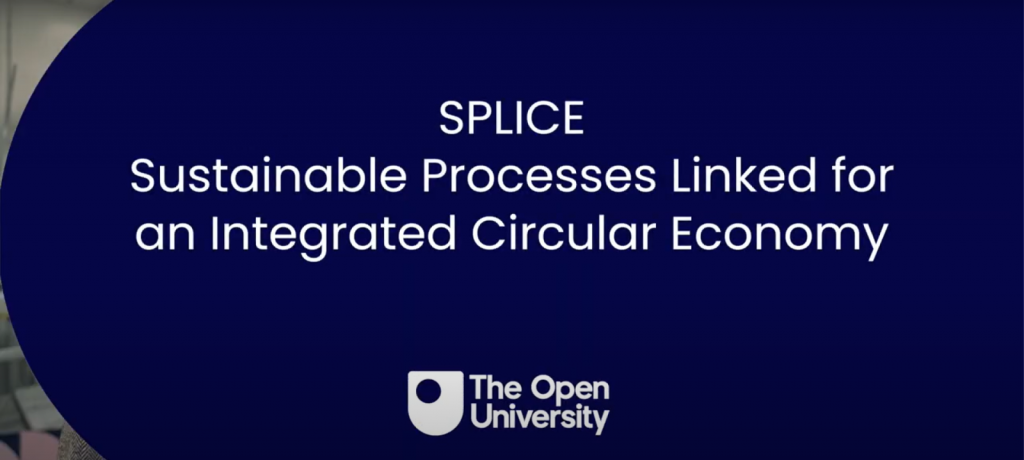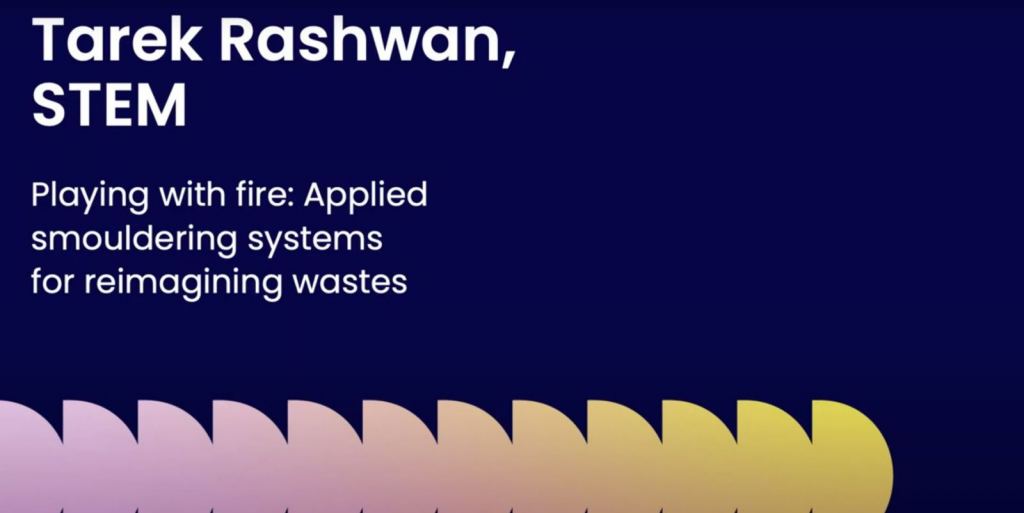
Dr Tarek Rashwan
Visiting Academic
Biography
Professional biography
Current PhD Students
Fatemeh Khodaparastan: Exploring biochar production in applied smouldering systems
Harri Williams: Modelling hydrogen storage using an alternative cushion gas
Marc Cochrane: Assessment of technological pathways for international transport of hydrogen 
Alongside students and collaborators, I'm currently researching a range of environmental engineering topics that support a low-carbon, clean, and circular economy - such as assessing hydrogeological conditions for safe used nuclear fuel storage, large-scale hydrogen storage and transport systems, and furthering the scientific understanding of a novel thermochemical waste-to-energy technique based on smouldering combustion. These projects primarily focus on understanding mass and energy balance dynamics - often in porous media systems - via experimental, analytical, and numerical methods. I am concurrently Assistant Professor in Chemical and Environmental Engineering at the University of Nottingham and an Honorary Lecturer at University College London. I hold a PhD in Civil and Environmental Engineering with a specialization in Environment & Sustainability from The University of Western Ontario, and I am a registered professional engineer in Ontario, Canada.
Research interests
Below are two image links to videos summarizing current research activities.

The following image link is to SPLICE: Sustainable Processes Linked for an Integrated Circular Economy. This is an Open Societal Challenges project linked to my team's core research activities.
Please see this story on our 2023 research meeting, SPLICE 2023.
Teaching interests
I am engaged in supporting the presentation and production of various engineering and environmental & sustainability courses, including
- Engineering: professions, practice and skills 1, T176
- Sustainable organisations: theory and practice, T892
Impact and engagement
My team and I engage frequently in external events.
See an example event below with myself and colleagues alongside OU PhD students Harri Williams and Marc Cochrane. This panel discussion was on hydrogen in the UK and a part of Energy Security & Green Infrastructure Week 2023.
This online case study highlights a successful project alongside local leader on electric vehicle component design, Saietta.
This is a photo of team members supporting a local science outreach programme that promotes women leadership in STEM, Soapbox Science. My PhD student Fatemeh Khodaparastan participated in Soapboxscience 2024. Wonderful event for a terrific initiative!
External collaborations
I am keen to host collaborators at the OU. Below is a YouTube video of a very special lecture delivered by Prof. Bejan (Duke University) from his visit to the OU with an introduction from Prof. Torero (University College London)!
I have many long-standing collaborations with colleagues accross the UK - e.g., University College London, The University of Edinburgh, The University of Strathclyde - and internationally - e.g., Western University (Canada), York University (Canada), Universidad Técnica Federico Santa María (Chile), Federal University of Espírito Santo (Brazil), Xi'an University of Science and Technology (China), and China University of Mining and Technology (China). In addition, I collaborate frequently with multiple industry partners, including Nuclear Waste Management Organization, Geosyntec Consultants, Saietta, Elentec, Ragn Sells, and the leading smouldering technology provider Savron.
Projects
Exploring Biochar Production in Applied Smouldering Systems
Given the immediate risks of climate change, bold carbon sequestration initiatives are needed. Biochar production has been suggested as one such initiative. Biochar is a carbon-rich by-product of thermal processing biomass, typically via pyrolysis, and its application in agricultural systems has been demonstrated as a viable method to improve soil quality. However, pyrolysis units rely on endothermic reactions and therefore require external energy, which can lead to process complexity. Applied smouldering is emerging as valuable environmental engineering technology due to its robustness and simplicity. Applied smouldering systems have been demonstrated suitable for a range of applications: e.g., for waste-to-energy, remediation, resource recovery/generation, and off-grid sanitation in low-income countries. Smouldering is a flameless, low-temperature form of combustion that is harnessed in these systems to support a self-sustaining process without the need for external energy. These systems are highly energy efficient and can therefore manage problematic wastes, e.g., with high moisture content or low volatility. Given the simplicity of applied smouldering systems, they have the potential to be deployed worldwide to produce biochar from biomass wastes for carbon sequestration and soil improvement. Indeed, recent research has demonstrated this potential. However, the processes that lead to biochar production are not yet well-understood. Smouldering systems are dynamic in space and time and support numerous physical and chemical zones. Generally, pyrolysis reactions proceed ahead of combustion reactions, but they also overlap and compete in space. Therefore, improved understanding of how these reactions establish in applied smouldering systems through experimental methods will provide guidance on how to best maximise biochar production in a self-sustaining manner. Moreover, the energy balance and carbon sequestration results from these systems will need to be quantified to model the potential scale-up benefits. Last, it is not clear how beneficial the biochar from smouldering systems is compared to biochar generated from traditional pyrolysis methods. These are key research questions that limit the development of applied smouldering systems for carbon sequestration. Methodology: This research will use established smouldering experimental methods to produce biochar. These experiments will investigate strategies to maximise biochar output and quantify the carbon and energy balances, following established methods. In addition, biochar formation in controlled pyrolysis units will be completed in-house to provide comparative samples. Biochar samples produced from smouldering and pyrolysis systems will be compared via surface science analyses.
Publications
Book Chapter
Applied Smouldering Combustion for Supporting a Circular Economy (2025)
Journal Article
Exploring waste heat recovery from applied smouldering systems (2025)
On the design of smoldering reactors for out-of-bed heat recovery (2025)
Fuel mobility dynamics and their influence on applied smouldering systems (2024)
Quantifying oxygen diffusion during thermal degradation of combustible porous media (2024)
Smoldering ignition of wet combustible materials (2024)
Hydrogen - rich syngas derived from smouldering biomass and hydrocarbon wastes (2024)
Effect of compaction on bisulfide diffusive transport through MX-80 bentonite (2024)
Downward water mobility in applied smoldering (2024)
Investigation of applied smouldering in different conditions: The effect of oxygen mass flux (2023)
Elucidating the characteristic energy balance evolution in applied smouldering systems (2023)
Smouldering to treat PFAS in sewage sludge (2023)
Applied smouldering for co-waste management: Benefits and trade-offs (2023)
Investigating bisulfide sorption onto bentonite through laboratory batch experiments (2023)
Phosphorus recovery and reuse potential from smouldered sewage sludge ash (2022)
Scaling up self-sustained smouldering of sewage sludge for waste-to-energy (2021)
The improved energy efficiency of applied smouldering systems with increasing scale (2021)
Heat losses in applied smouldering systems: Sensitivity analysis via analytical modelling (2021)
Heat losses in a smouldering system: The key role of non-uniform air flux (2021)
Processes defining smouldering combustion: Integrated review and synthesis (2020)
Presentation / Conference
Measuring Key Parameters Governing Anion Transport Through Mx-80 Bentonite (2023)





.jpg)
